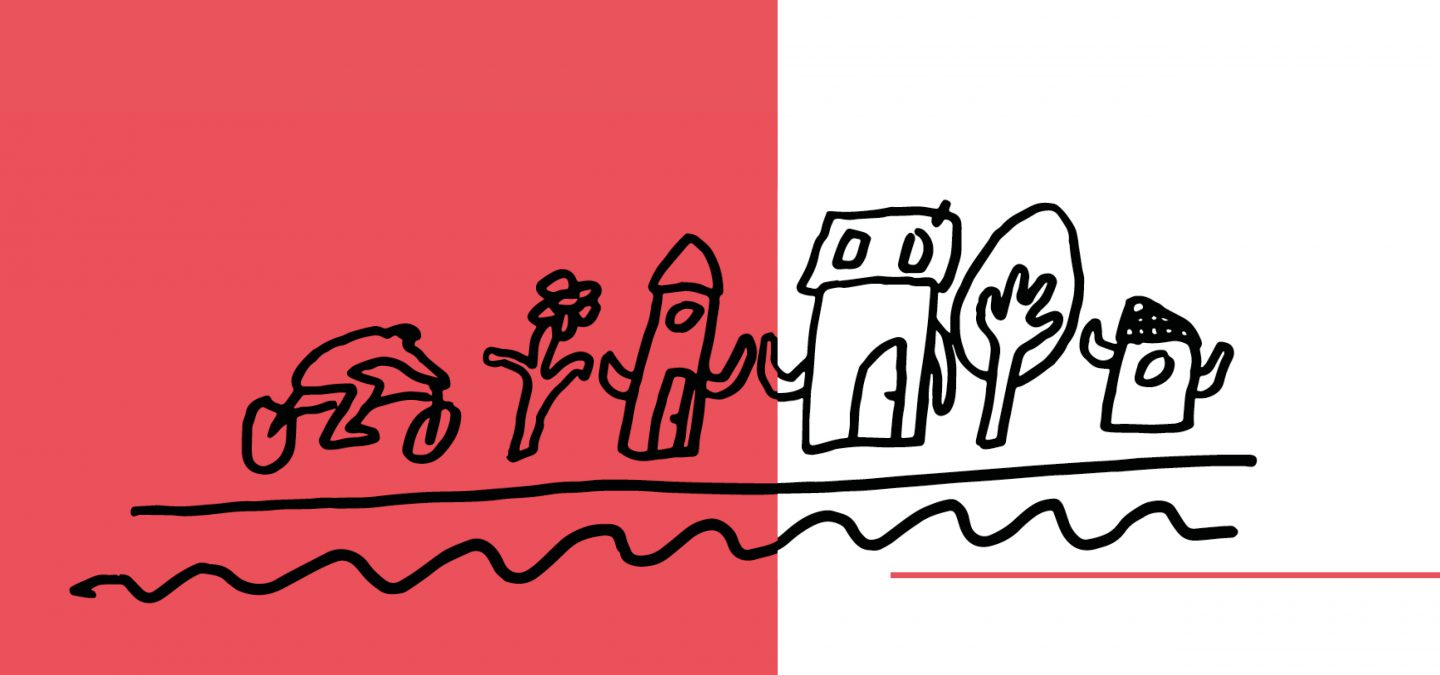
Keep up with our latest news and projects!

This case describes the transformation of Valencia´s obsolete and underused waterfront into an inclusive public space open to everyone. Despite being historically connected to the Mediterranean, Valencia was originally founded about 6 km away from the water. It grew and established itself inland; hence the famous phrase among locals claiming that ‘the city has turned its back on the sea’. In reality, the historic expansion of Valencia’s port facilitated the consolidation of a strong fishermen quarter – an urban nucleus of maritime activity which formed an important, but often overlooked part of the city. This dream of connecting Valencia to the sea persisted in the minds of technocrats for decades. It was a myopic approach which failed to recognize that there already was a community facing the sea. In the early 2000s, this same desire to open up to the waterfront prompted the local government to propose the harbor as a hosting site for grandiose events, such as America’s Cup and the Formula 1 Race. These white elephants brought about rapid infrastructure and real-estate growth but they left behind a legacy of exclusion, division, and gross strategic and economic mismanagement.
With the arrival of the economic crisis in Spain, the decade of glamorous large-scale projects came to an end. Between 2012 and 2015, the historic harbor of Valencia faded into obsolescence. Most facilities were locked up and left to serve no purpose. Port infrastructure from the early 1990s together with modern buildings constructed to accommodate the big events all laid idle. The lavish spending which had come to characterize the past decade alienated the local community. Many residents felt disenchanted with the new image of the waterfront as an exclusive space for fancy events and saw hardly any reason to visit it. The traditional fishermen community was pushed to the margins and the only ones who felt comfortable in this space were the yacht owners and occasional restaurant clients.
At the end of 2015, Consorcio Valencia 2007 (CV07) – the public institution managing the harbor – launched a new plan for action based on three fundamental pillars:
The plan gave rise to many and diverse cross-sector partnerships, each one appealing to a previously excluded segment of the population. In 2017 for example, a modest investment helped restore La Pérgola —a small concert venue, which gave stage to the traditional music societies of the fishermen quarter before America´s Cup took place. Following the restoration, CV07 invited back the original performers for a fresh cycle of public concerts, which continues to draw more and more spectators every Sunday. In 2017, CV07 also initiated a participative process of renaming key streets and squares of the waterfront. Using round tables, surveys and focus groups, the organizers involved the neighbouring communities and co-created a new toponymy for the harbor which reflected more closely the historic and cultural identity of the space. Another positive transformation occurred in Alinghi – a former sailing base, in which quick effective fixes were implemented to welcome a month-long civic factory festival in 2016. Today, that same building is a hubspot for social innovators and entrepreneurs, whose creative ideas drive the revitalization of the public space. The most recent initiative of CV07 features a partnership with a local educational association which empowers children at risk of exclusion. The joint programme involved 50 teenagers who were asked to generate ideas for the potential transformation of the waterfront through creative and educational exercises. The initiative helped open a route of communication with a specific sector of the population, whose input was rarely sourced and whose presence in the harbor was poorly understood.
The revitalization of the iconic Valencian harbor represents the physical and emotional reconciliation between a city and its waterfront. It illustrates vividly the importance of including a wide range of partners in the rebuilding of an obsolete and exclusive public space and it can serve as a guidebook for many cities faced with the same challenges. While complete inclusion remains an objectively unattainable goal, reaching out and fostering a dialogue with one social group at a time can often make all the difference.
